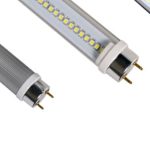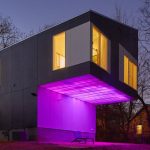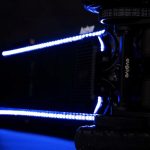Maximizing LED Lighting Efficiency: A Beginner’s Guide to Using LED Light Connectors
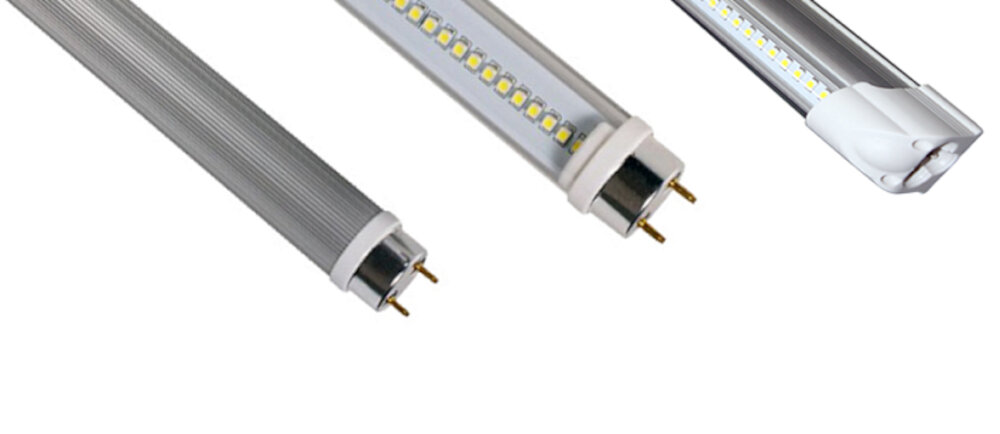
LED lighting has become increasingly popular and is now a common feature in homes, offices, and public spaces. With its energy-efficient and long-lasting properties, it is no wonder why people are making the switch from traditional lighting sources to LED. However, maximizing the efficiency of LED lighting is not just about choosing the right bulb or fixture. It is also important to pay attention to the connections that are used to install and connect LED lights. This beginner’s guide will focus on LED light connectors, which are small but essential components that play a crucial role in the efficiency and performance of LED lighting. We will discuss the various types of LED light connectors available, their properties, and how to choose the right connector for your specific LED lighting needs. Whether you are new to LED lighting or an experienced professional, this guide will provide you with valuable insights and practical tips to help you maximize the efficiency of your LED lighting system.
Efficiency is one of the most crucial factors when it comes to LED lighting. The efficiency of a lighting system determines the amount of energy consumed and the amount of light produced. LED lighting is highly efficient, but this efficiency can be further enhanced with the use of LED light connectors. These connectors ensure that the LED lights are connected correctly and securely, which reduces the chances of any voltage drops or power losses. LED light connectors also help to achieve a more streamlined design, which is crucial in ensuring that the lighting system is as efficient as possible. With the right LED light connectors, users can achieve maximum LED lighting efficiency, which results in a cost-effective and energy-efficient lighting system.
Understanding LED Light Connectors
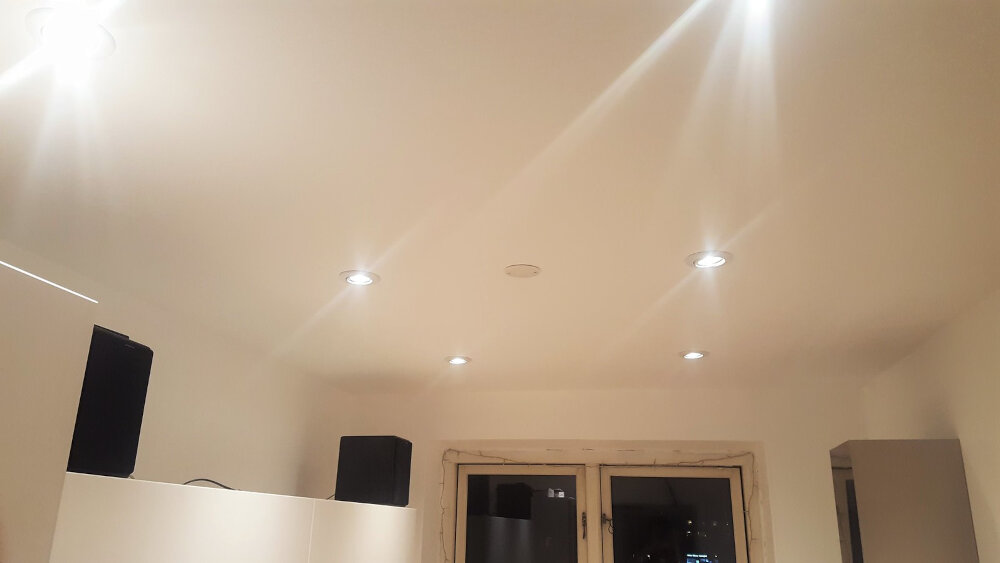
In the world of LED lighting, connectors play a crucial role in ensuring efficiency and reliability. LED light connectors are designed to connect the LED driver to the LED tape, allowing for a continuous and stable flow of electricity. There are various types of connectors available in the market, including snap connectors, screw connectors, and solder connectors. Each type of connector offers its unique benefits and is suitable for different types of applications. Understanding the different types of connectors available and their applications is essential in maximizing the efficiency of LED lighting. Snap connectors are the most popular type of LED light connectors, known for their ease of use and flexibility. They are designed to snap onto the LED tape and offer a secure connection that is easy to install and remove. Screw connectors, on the other hand, offer a more permanent connection and are ideal for applications where the LED tape needs to be fixed in place. Solder connectors are the most reliable and durable type of connector, offering a permanent connection that is resistant to vibration and other environmental factors. Understanding the different types of connectors available and their applications is critical in selecting the right connector for your LED lighting project.
LED light connectors are an essential component for maximizing LED lighting efficiency. They are used to connect LED lights to a power source, allowing them to light up and function properly. These connectors come in a variety of shapes and sizes, including strip connectors, solderless connectors, and snap connectors. They are designed to be easy to install and use, with many requiring no special tools or training to install. LED light connectors are highly versatile and can be used in a wide range of applications, from home lighting to commercial lighting and beyond. With their ability to increase the efficiency and functionality of LED lights, they are a crucial tool for anyone looking to make the most out of their LED lighting system.
In the world of LED lighting, there are various types of connectors available for different applications. One of the most common types is the screw type connector, which is easy to install and reliable for a secure connection. Another type is the push-in connector, which is designed for quick and easy installation without the need for tools. The wire nut connector is also a popular choice for connecting wires together, especially in larger installations. For more specialized applications, there are also waterproof connectors, which are ideal for outdoor or wet environments. Regardless of the type of LED light connector, it is essential to choose one that is compatible with your LED lights and meets your specific needs for optimal performance and efficiency.
LED light connectors are essential components in maximizing the efficiency of LED lighting systems. These connectors provide a secure and reliable connection between LED light strips or modules and power sources, such as drivers or transformers. They work by using a combination of metal contacts and locking mechanisms to establish a strong electrical connection while also preventing accidental disconnection. The connectors come in various shapes and sizes, including snap-on, push-in, or screw-on types, to accommodate different LED lighting configurations. With proper installation and maintenance, LED light connectors can ensure uninterrupted power delivery to LED lights, resulting in energy savings, longer lifespan, and brighter illumination.
Benefits of Using LED Light Connectors
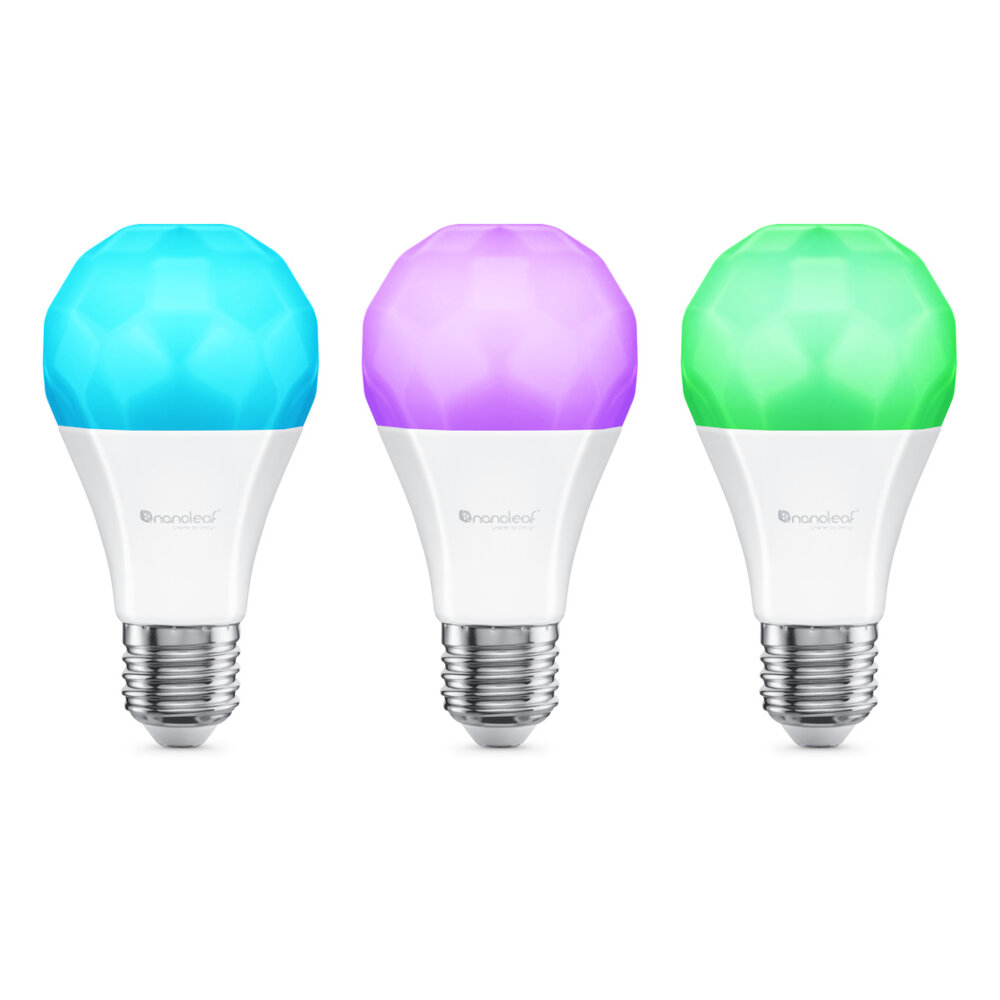
LED light connectors are an essential component of any LED lighting system. They offer numerous benefits that make them an ideal choice for maximizing LED lighting efficiency. One of the primary advantages of using LED light connectors is their ease of installation. Compared to traditional lighting systems, LED light connectors are incredibly simple to install, even for beginners. They don’t require any special tools or technical knowledge, which makes them accessible to anyone. Another significant benefit of using LED light connectors is their energy efficiency. LED lighting is already known for its energy-saving abilities, and the use of connectors only enhances this feature. LED light connectors allow for a more efficient transfer of power between the LED lights, which reduces energy consumption and lowers electricity bills. Additionally, LED light connectors are built to last, which means you don’t have to worry about replacing them often. They’re durable and can withstand harsh weather conditions, making them ideal for both indoor and outdoor use. Overall, the use of LED light connectors is an excellent investment for anyone looking to maximize their LED lighting efficiency while reducing energy consumption and costs.
Increased energy efficiency is a key benefit of using LED lighting. LED lights use significantly less energy than traditional incandescent bulbs, resulting in lower energy costs and reduced environmental impact. This is due to the fact that LED lights convert a higher percentage of the energy they consume into light, and generate less heat than incandescent bulbs. By switching to LED lighting, businesses and homeowners can save money on their energy bills, reduce their carbon footprint, and contribute to a more sustainable future. Additionally, LED lighting can be easily connected using LED light connectors, which offer a simple and effective way to enhance the efficiency of LED lights.
Improved safety is one of the key benefits of using LED light connectors. Traditional lighting fixtures often use high voltage and high power, which can pose a serious safety risk to users. LED lighting, on the other hand, operates on low voltage and low power, making it much safer to use. Additionally, LED light connectors are designed to be easy to install and use, reducing the risk of accidents during installation. LED lighting is also much more durable and long-lasting than traditional lighting, further enhancing its safety benefits. By using LED light connectors, users can enjoy bright, energy-efficient lighting with minimal risk to their safety.
When it comes to maximizing LED lighting efficiency, easy installation and maintenance are crucial factors. LED light connectors play a significant role in ensuring both aspects are achieved. The connectors are designed to be user-friendly, making installation a breeze even for beginners. With a simple click-and-lock mechanism, you can quickly and securely connect your LED lights without any special tools or technical expertise. Additionally, maintenance is made easy as the connectors can be easily disconnected and reconnected when necessary. This saves time and effort as there is no need to dismantle the entire lighting system to replace or repair a faulty component. Overall, LED light connectors are a great way to ensure easy installation and maintenance, making them an excellent investment for anyone looking to maximize the efficiency of their LED lighting system.
Cost-effectiveness is a crucial factor to consider when upgrading to LED lighting. While LED lights may have a higher initial cost than traditional lighting, they have a longer lifespan and consume less energy, resulting in significant savings over time. Additionally, using LED light connectors can make the installation process more efficient and cost-effective. These connectors allow for easy customization and modification, reducing the need for expensive rewiring or replacement of fixtures. Investing in high-quality LED lights and connectors may require a larger upfront investment, but the long-term cost savings and energy efficiency make it a wise financial decision.
Factors to Consider When Choosing LED Light Connectors
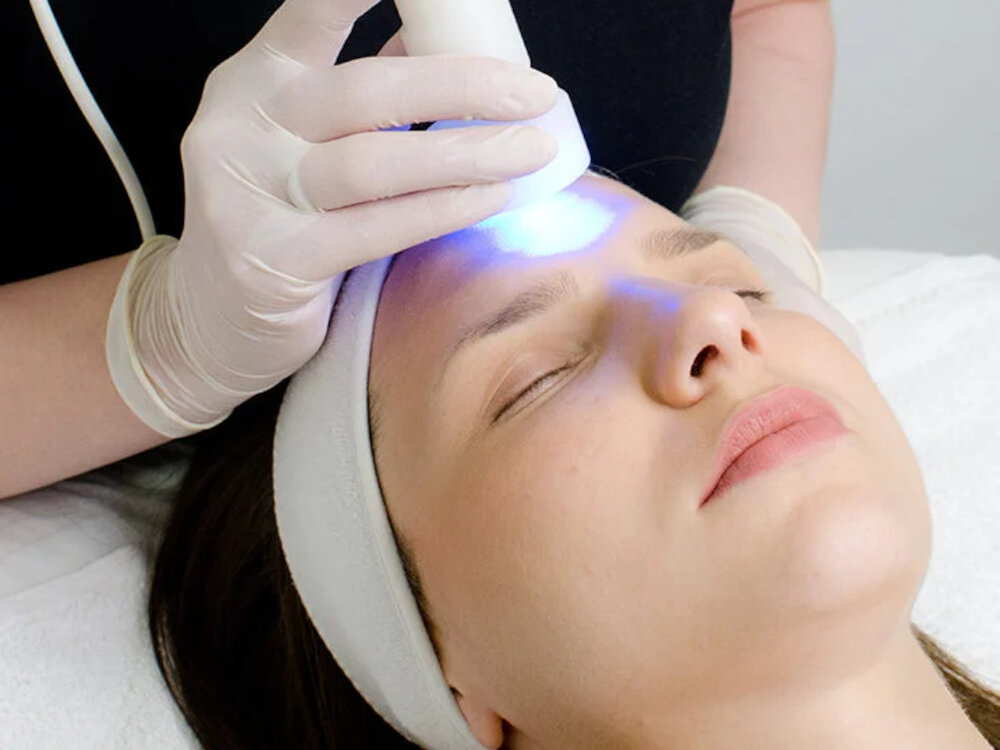
Choosing the right LED light connectors is crucial in maximizing the efficiency and functionality of LED lighting systems. There are several factors to consider when selecting LED light connectors, including the type of connector, the number of pins, and the compatibility with the LED light source. It is important to choose connectors that are compatible with the specific LED light source to ensure proper electrical connectivity and reduce the risk of damage to the LED lighting system. Another important factor to consider when choosing LED light connectors is the environmental conditions in which the lighting system will be used. Connectors that are exposed to high temperatures, moisture, or corrosive environments can degrade over time, leading to poor electrical connectivity and potentially damaging the LED lighting system. It is essential to choose connectors that are designed to withstand the environmental conditions in which they will be used, ensuring reliable performance and long-term durability. Additionally, it is important to consider the ease of installation and maintenance when selecting LED light connectors, as connectors that are difficult to install or maintain can increase the overall cost and complexity of the lighting system.
Compatibility with LED lighting systems is crucial in maximizing the efficiency and effectiveness of LED lighting. LED light connectors provide a secure and reliable connection between different components of an LED lighting system. When choosing LED connectors, it is important to consider factors such as the type of LED lights being used, the voltage and current ratings, and the environmental conditions in which the lighting system will be used. Using the right LED connectors ensures that the lighting system operates at peak efficiency, minimizing energy consumption and reducing maintenance costs. With the proper LED connectors, LED lighting systems can provide long-lasting, high-quality illumination that is ideal for a wide range of applications.
When it comes to maximizing LED lighting efficiency, choosing the right type of connector is crucial. LED light connectors come in a variety of shapes and sizes, and selecting the appropriate one for your specific application is essential to ensure optimal performance. Whether it’s a wire-to-wire, wire-to-board, or board-to-board connector, each type has its unique features and benefits. For instance, a wire-to-wire connector is ideal for applications that require flexibility, whereas a wire-to-board connector is perfect for situations where space is limited. Similarly, a board-to-board connector is suitable for complex LED lighting systems that require multiple connections. Therefore, it’s essential to understand the specific requirements of your LED lighting project and choose the appropriate connector that meets your needs.
When it comes to LED lighting, quality and durability are essential factors to consider. Using high-quality LED light connectors ensures that the lighting system operates efficiently and effectively. It is important to select connectors with a sturdy construction and reliable performance, as they play a critical role in maintaining the integrity of the electrical connections. By choosing durable connectors, you can minimize the risk of malfunctions or breakdowns, which can result in costly repairs or replacements. Additionally, investing in high-quality connectors can improve the longevity of your LED lighting system, helping you to get the most out of your investment.
Environmental factors play a crucial role in maximizing LED lighting efficiency. The temperature and humidity level of the surrounding environment can impact the performance of LED lights. High temperatures can cause the LED lights to degrade faster, reducing their lifespan and efficiency. On the other hand, low temperatures can cause the LED lights to become less efficient until they reach their operating temperature. Humidity levels can also impact the performance of LED lights, causing them to malfunction or fail altogether. Therefore, it is important to consider the environmental conditions when installing LED lights and ensure that the environment is suitable for optimal performance.
Tips for Installing and Maintaining LED Light Connectors
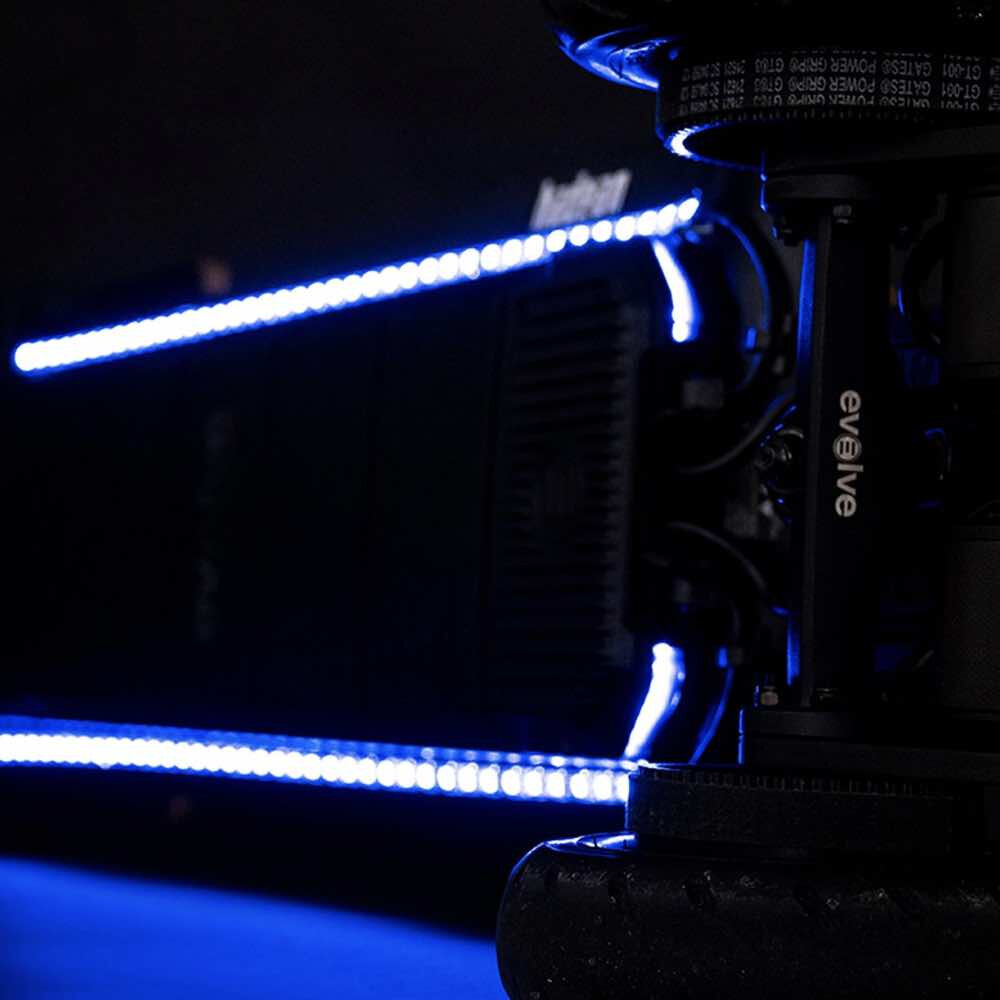
LED light connectors are an essential component of any LED lighting system, and proper installation and maintenance are crucial in ensuring optimal performance and longevity. When installing LED light connectors, it is important to carefully follow manufacturer instructions and use the appropriate tools and equipment. This includes ensuring proper wire stripping and crimping techniques and avoiding over-tightening or under-tightening connections. It is also important to choose connectors that are compatible with the specific LED lighting system and to check for any compatibility issues before installation. Proper maintenance of LED light connectors is also critical in ensuring long-term performance and efficiency. This includes regular inspection of connections for signs of wear or damage and addressing any issues promptly. It is also important to avoid exposing connectors to excessive moisture or heat, as this can cause corrosion or other damage. Regular cleaning and lubrication of connectors can also help to prevent issues and ensure optimal performance. By following these tips and guidelines, LED light connectors can help to maximize the efficiency and lifespan of LED lighting systems.
Proper installation techniques play a crucial role in maximizing LED lighting efficiency. To ensure that your LED lights are working to their full potential, it is important to follow the manufacturer’s instructions for installation. This includes using the correct tools and materials, making sure that the wiring is properly connected, and ensuring that the connectors are securely fastened. It is also important to avoid overloading the circuit by not exceeding the recommended wattage for your LED lights. By following these installation techniques, you can help to ensure that your LED lights are operating efficiently and effectively, providing you with the best possible lighting experience.
Regular maintenance is crucial to ensuring the longevity and efficiency of LED lighting systems. By performing routine inspections and cleaning, any potential issues can be identified and resolved before they cause significant damage. It is recommended to inspect the connectors and wiring for any signs of wear or damage, and to clean the fixtures and lenses to remove any dirt or debris that may be blocking the light output. Additionally, it is important to regularly check the voltage and current levels to ensure that the LED lights are operating within their recommended parameters. By implementing regular maintenance practices, LED lighting systems can continue to operate efficiently and effectively for years to come.
When it comes to maximizing the efficiency of LED lighting, there are a few common issues that can arise. One of the most frequent is flickering or strobing, which can be caused by a few different factors such as loose connections, incompatible dimmer switches, or voltage fluctuations. Another issue that can affect LED lighting efficiency is overheating, which can occur when the fixture is not properly ventilated or when the LED driver is overloaded. It’s also essential to ensure that the connectors you use are compatible with your LED lights, as using the wrong type can lead to poor connectivity and reduced efficiency. By troubleshooting these common issues and taking steps to prevent them, you can ensure that your LED lighting system operates at peak performance and efficiency.
When working with LED light connectors, it is essential to take safety precautions to avoid accidents and protect yourself from potential hazards. Always ensure that the power source is turned off before installing or removing any connectors. Wear appropriate protective gear such as gloves and safety glasses to protect your hands and eyes from sharp edges and debris. Avoid using damaged or frayed wires and connectors, and always use high-quality materials that are designed for LED lighting. Additionally, it is crucial to follow the manufacturer’s guidelines and instructions when working with LED connectors and to seek professional assistance when in doubt. By taking these safety precautions, you can enjoy the benefits of LED lighting while minimizing the risk of accidents and injuries.
LED lighting efficiency is critical in today’s world, where energy conservation and sustainability are a top priority. The efficiency of an LED light can be improved by using LED light connectors, which allow for better connectivity, heat dissipation, and power management. With the right LED light connectors, it is possible to achieve optimal efficiency and performance from LED lighting, resulting in longer lifespans, reduced energy consumption, and lower costs. By choosing the right connectors and understanding how they work, anyone can easily maximize the efficiency of their LED lighting, contributing to a better, more sustainable future.
In conclusion, LED light connectors can provide significant benefits to those looking to maximize the efficiency of their lighting systems. These connectors are easy to use, reliable and can help reduce energy consumption and maintenance costs. It is important to choose the right type of connector for your specific needs and to ensure that all connections are properly made. Additionally, it is recommended to regularly inspect and maintain the connectors to avoid any potential issues. With the proper use and maintenance of LED light connectors, users can experience optimal lighting performance while also saving money and energy.
Conclusion
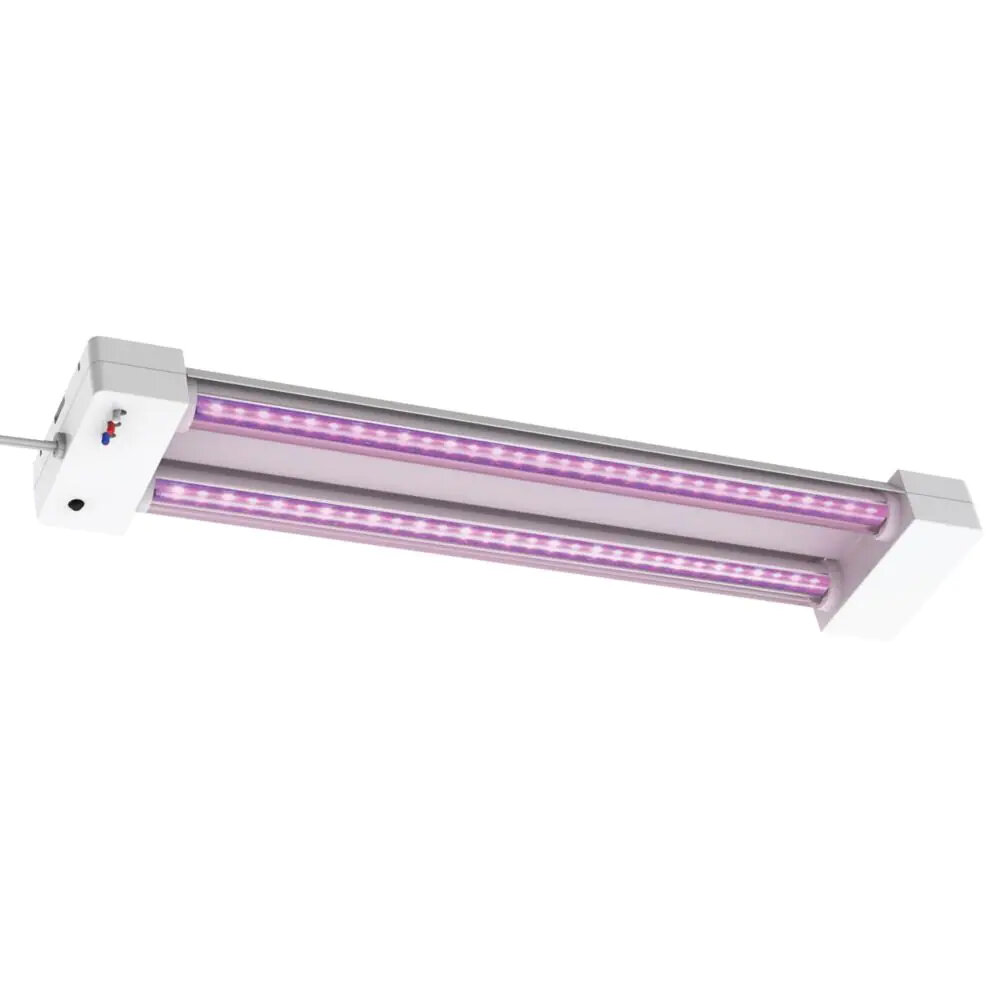
In conclusion, maximizing LED lighting efficiency is essential in today’s fast-paced world, where energy conservation and cost-effectiveness are of utmost importance. LED light connectors provide a beginner’s guide to achieving this goal by ensuring a secure, reliable, and efficient connection between LED lights and power sources. By using the right LED light connectors, one can significantly reduce power loss, increase energy efficiency, and extend the lifespan of LED lighting systems. Additionally, the proper installation of LED light connectors can also enhance the aesthetic appeal of LED lighting setups by minimizing visible wires and cables. With the help of this beginner’s guide, anyone can easily and confidently use LED light connectors to maximize their LED lighting efficiency and reap the benefits of cost savings, energy conservation, and sustainability.

